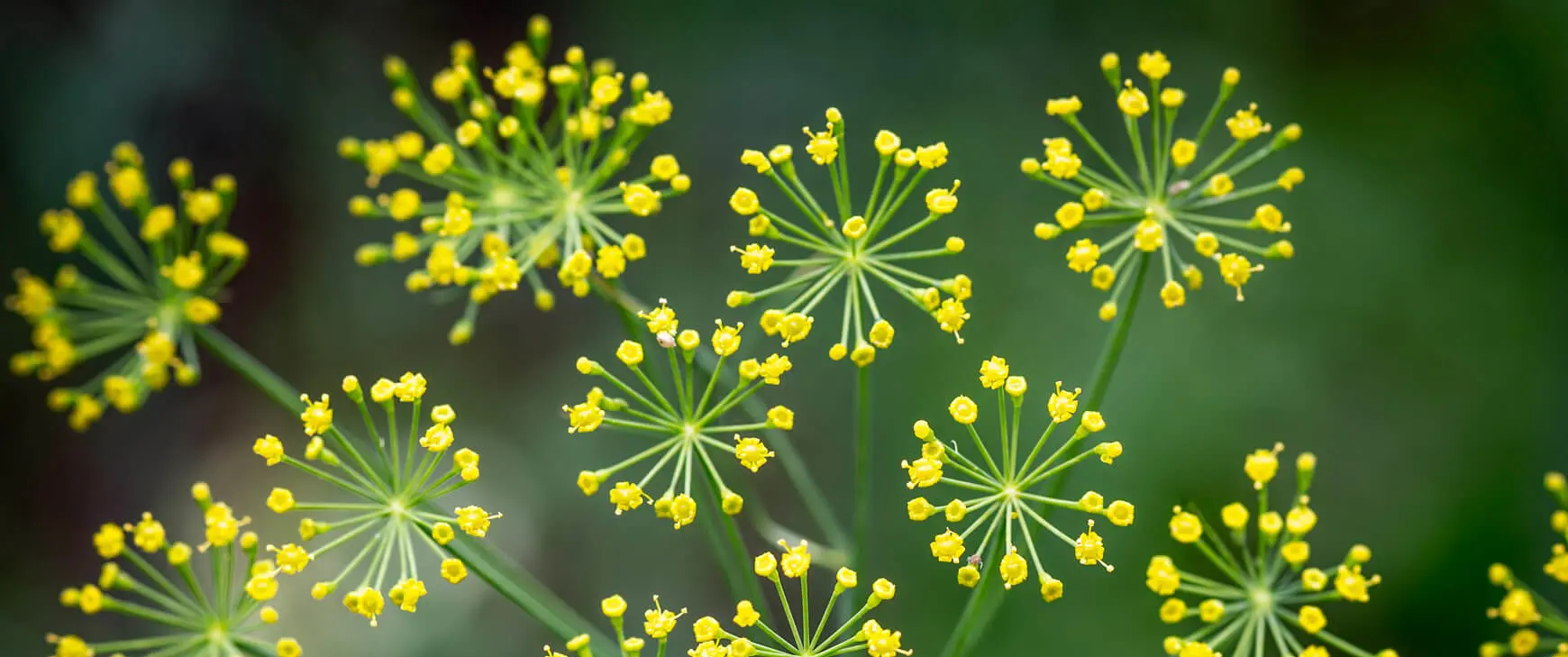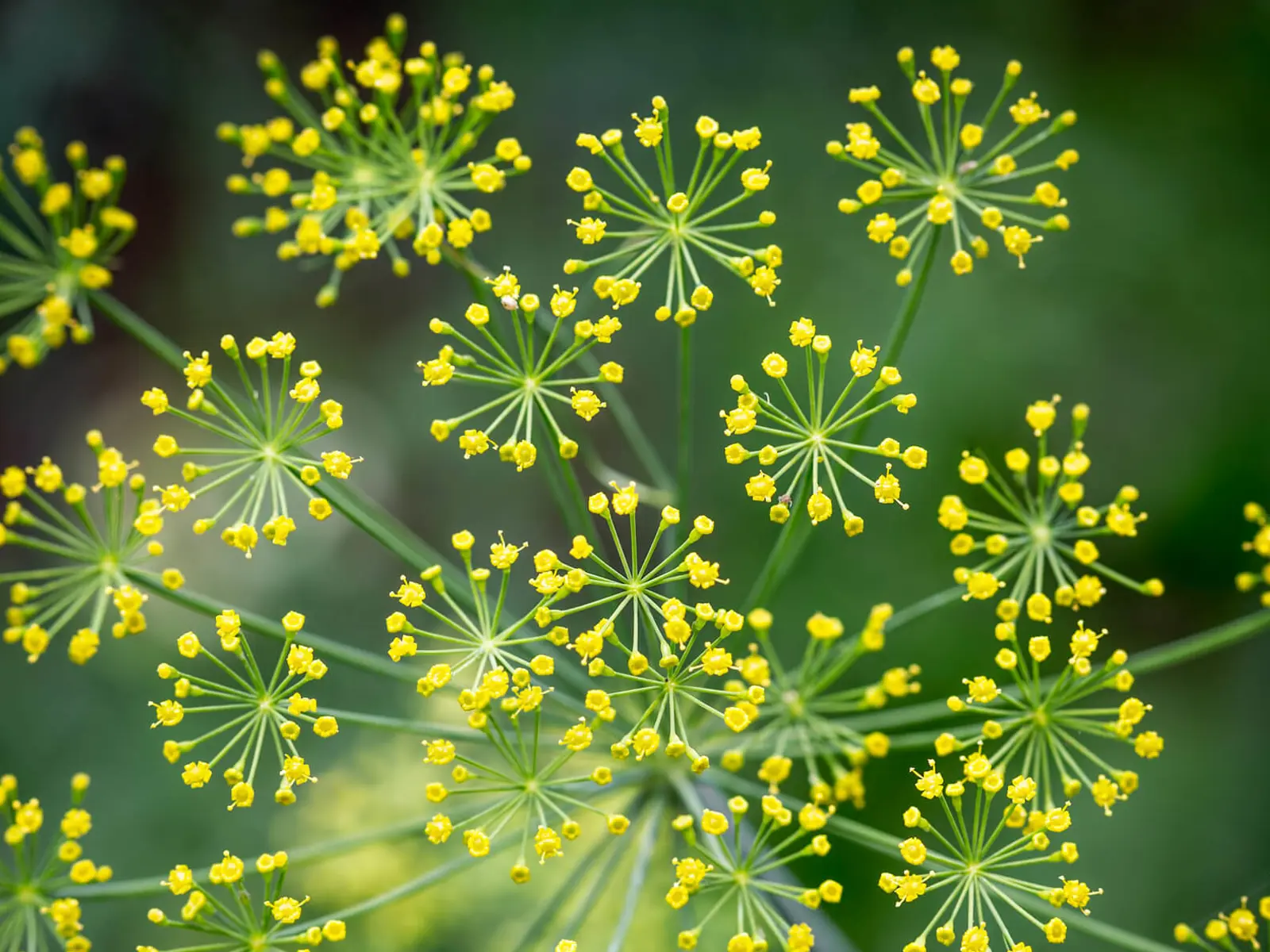
Modern herbal medicine
Medicinal plants are among the oldest known treatments for keeping people healthy. Today, they are more relevant than ever.
Modern herbal medicine (phytotherapy) combines centuries-old knowledge with the latest scientific findings.
Traditional herbal medicine
Herbal medicine is also referred to as phytotherapy. We use the term traditional herbal medicine when referring to knowledge about medicinal plants and their effects that has been passed down for generations.
Before the development of chemical drugs, plants were the main source of effective medicines. The use of herbal medicine goes back to prehistoric times. Nearly all cultures and peoples used plants to prevent or treat diseases.
Hildegard von Bingen was one notable exponent of traditional phytotherapy: in around 1150, she recorded her observations and experiences with diseases and healing methods.
Modern herbal medicines
Even today, traditional herbal medicines such as medicinal teas are taken based on the many years of positive experience people have had with them. However, research in the field of medicinal plants has made great leaps as well.
Much like their synthetically produced counterparts, modern evidence-based herbal medicines undergo numerous clinical and toxicological studies to determine their effectiveness and safety.
Evidence-based phytotherapy
Traditional herbal medicine is rooted in experience and observation. Modern evidence-based phytotherapy takes these centuries of empirical observations, analyses them and further improves on them using modern medical methods.
Proof of efficacy and safety
Herbal medicines are often highly effective and have relatively few side effects, but this must be proven before phytopharmaceuticals can be sold. This is important for safety because botanical substances, too, can have side effects and interactions – it should be noted that some of the most potent toxins and active agents come from plants. For example. Digitalis glycosides, which are produced by the foxglove plant are toxic, but in low dosages they can be used to produce highly effective medicines for treating cardiac diseases.
Evidence-based phytopharmaceuticals are subject to the most stringent standards. Each stage is strictly controlled and regulated, from the highly precise extraction of the plant material used in the production process through to the final approved medicinal product. Studies are conducted to determine the effectiveness and safety. A whole range of other questions must often be addressed as well, for example:
- Which parts of the plant are used?
- Where are the plants harvested?
- How will it be administered (e.g. film-coated tablets, drops, capsules) and what is the ideal dosage?
- How are the respective plant extracts regulated?
Standard-regulated extracts: Why is this so important?
Plants produce most of their active agents as they grow, and this process is affected by a number of external factors. The quantity of the substance they contain can vary depending on many different factors: the exact plant species (or cultivated variety), time of harvest, geographical location, sun, water, soil, fertilizer and even plants growing nearby can affect the composition. Controlled extracts are therefore commonly used for medical purposes, in contrast to traditional forms of administration, such as in teas.
The respective extract is often reduced to a few (standardised) substances, and undesirable ingredients are removed. Strictly controlled manufacture ensures that the composition is always the same. This is important for the quality of modern phytotherapies. For this reason, it can be very difficult to compare extracts from various manufacturers.
Typical examples of rational phytopharmaceuticals include:
- St. John’s wort for the treatment of certain forms of depression
- Butterbur for hay fever
- Black cohosh for menopausal symptoms
Building a bridge between conventional medicine and alternative medicine
Today, modern herbal medicinals are building a bridge between traditional healing methods and conventional medicine. Unlike some alternative medicinal methods, the effectiveness of phytopharmaceuticals is tried and tested. Yet they are still based on age-old knowledge, and they tap into natural effects that people have known about for centuries. The goal of modern phytotherapy is to manufacture medicinal products that meet precise standards and always have the same formula (as well as being consistently effective), so that the proven medicinal effect can be applied according to specific standards.
From Seed to Patient
How are medicinal plants turned into herbal medicines?
DetailsMedicinal garden in Uttwil
See, feel, smell – discover the world of medicinal plants.
Explore our garden full of medicinal plants and find out about their origins, active ingredients and applications in modern medicine.
Details
